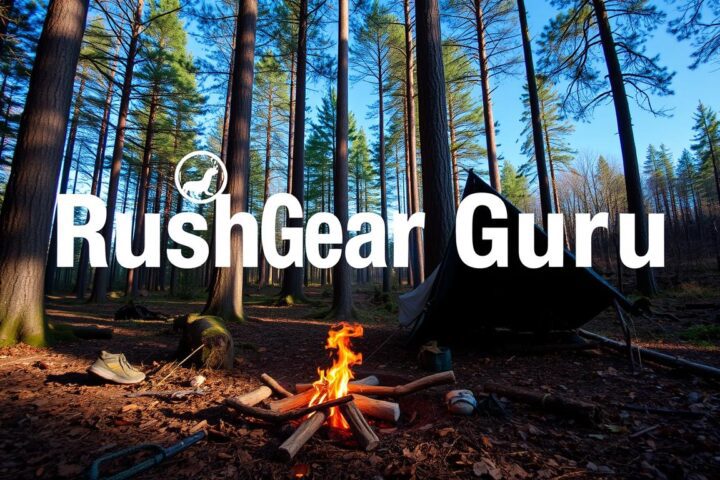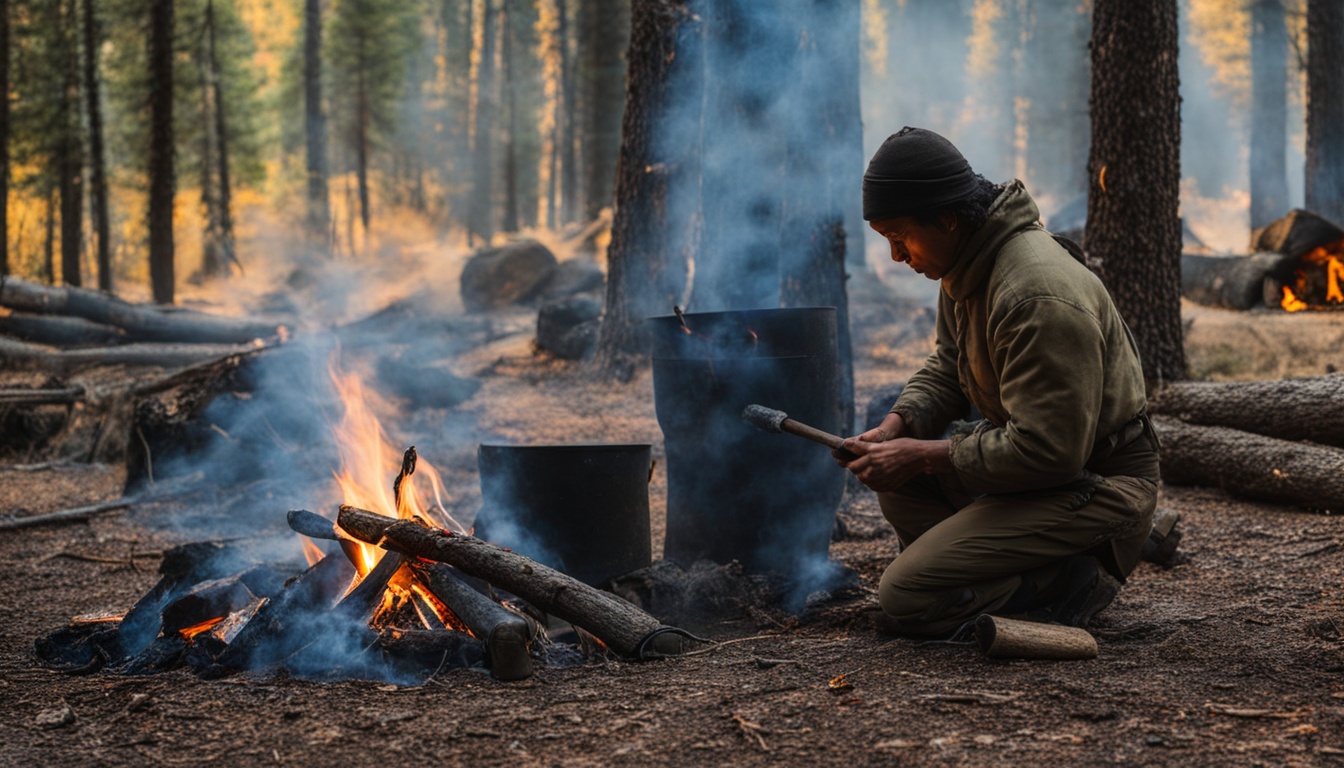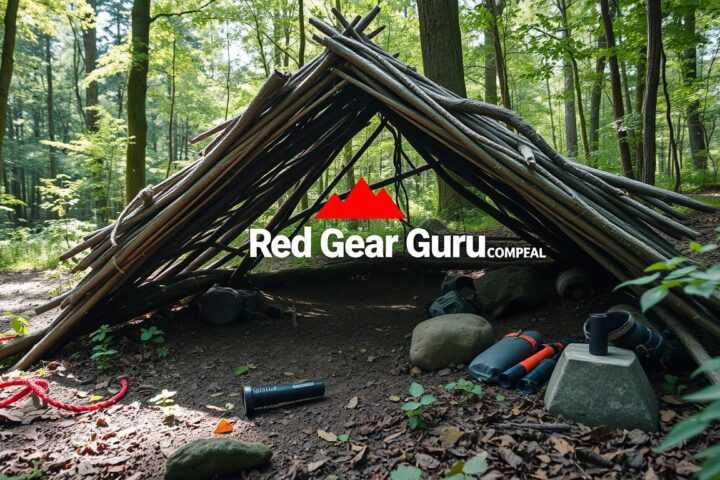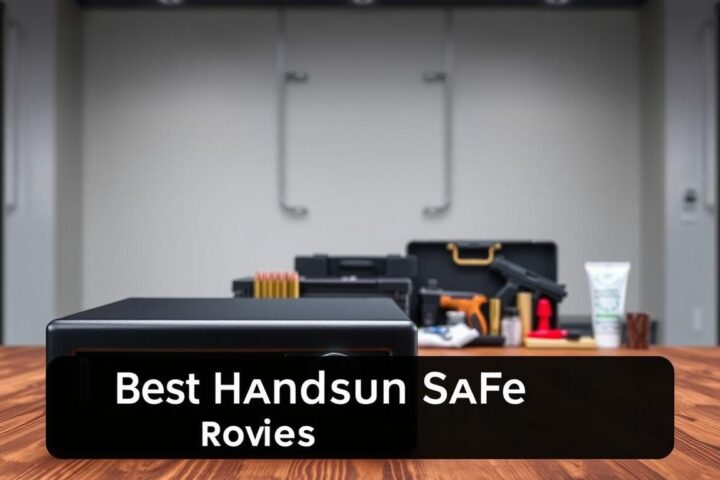In today’s world, technology controls our lives. But what if you could navigate without a compass? This skill could make your outdoor adventures better and help you survive. Let’s dive into the timeless techniques that can guide you through unknown lands.
Most adventurers today depend on GPS and other tech tools. But what if these fail or you’re in a place with no tech? That’s when natural navigation steps in. By tuning into nature’s signs, you can find your way and become a pro at wilderness survival.
Navigating by the Sun
Learning to find your way without a compass is key in natural navigation. The sun is a great tool for sun navigation and celestial navigation. By watching the sun’s position, you can figure out the directions and know where you are.
In the northern hemisphere, the sun is highest in the sky at noon, pointing south. This helps you find north and south. In the southern hemisphere, it points north. At the equator, the sun rises and sets to show east and west.
Watching the sun for a few days helps you learn these points. This skill is great for outdoor lovers, hikers, and anyone lost in the wild without a compass.
With practice, you can use the sun to navigate. This skill is timeless. It keeps you on track in tough places.
Navigating by the Stars
When the sun goes down, the night sky becomes a guide for finding your way. Learn the main constellations and their spots near the North Star, or Polaris. Start by spotting the Big Dipper constellation. Draw a line from the two front stars in the Big Dipper to find the North Star, a key point for knowing north.
The Little Dipper constellation helps locate the North Star too. It moves around this star. Knowing where these stars are lets you navigate at night without a compass. Learning to navigate by the stars is key for outdoor adventures.
Being able to read the night sky helps in many outdoor situations. Get to know the constellations and the North Star‘s spot. This skill keeps you on track, even when your compass fails or isn’t there.
Reading Topographical Maps
Topographical maps are key for navigating without a compass or GPS. They show the terrain in detail, helping you understand the area before you go. By looking at these maps, you learn about contour lines, elevation changes, and landmarks that help guide you.
Contour lines on maps show the terrain’s height. Lines close together mean steep slopes or high elevation changes. Knowing how to read these lines helps spot challenges like steep hills or mountain passes. You can also find landmarks like rivers, lakes, and unique landforms, which are great for navigation.
To read a topographical map well, understand the scale and the legend. The scale tells you the real distance between map points. The legend explains symbols and colors for different features. Learning this lets you match the terrain with the map information, a skill called terrain association.
It’s important to practice with topographical maps to improve your navigation skills. By comparing maps with the real landscape, you get to know the terrain better. This makes you more confident in finding your way without electronic help. Topographical maps are great for planning hikes, camping trips, or wilderness adventures, helping you navigate safely and confidently.
Using Landmarks for navigation without a compass
Landmarks are key when you don’t have a compass. Every landscape has unique features that help you know where you are. These can be rivers, lakes, trails, mountains, hills, or even buildings.
Get to know these landmarks by studying maps or observing them directly. This way, you can use them as guides as you move through the terrain. Spotting distant towers or mountains, or smaller features like unique trees, helps keep you on track.
Knowing how to use the terrain is vital for navigation with landmarks. Regularly check your position against the landmarks around you to stay on course. Even a simple compass can be helpful for checking your direction quickly.
Be careful not to rely too much on trails or animal paths, as they might mislead you. Stick to larger, more stable landmarks for navigation. By learning the key features of your area, you can navigate easily without a compass.
Following Water Edges
Following the edges of bodies of water is key when you don’t have a compass. Creeks, rivers, and lakes are great for finding your way. They help you make a mental map and stay on track.
Indigenous cultures have always known the importance of knowing their local waters. This knowledge is still useful for explorers and adventurers today. Water is easy to see and always goes downhill. This makes it a great way to figure out where you are.
To use water edges for navigation, get to know the water in your area. Watch how the water flows and learn the names of nearby creeks, rivers, and lakes. This helps you make a mental map of the area. By using water features, you can find your way more easily.
Drawing Your Own Maps
Navigating the outdoors without a compass can be tough but rewarding. Learning to draw your own maps is a great way to improve your navigation skills. This method helps you understand the landscape better and boosts your ability to find your way.
Begin by exploring an area and noticing its unique features. Look for trails, hills, water, and landmarks that can help you navigate. Then, try drawing a map based on what you’ve seen. Keep practicing this, focusing on areas where you struggle to remember details.
With time, drawing your own maps will sharpen your brain’s ability to understand the terrain. You’ll get better at navigating without tools. Your mental maps will become more precise, letting you see the landscape from above.
Mastering these navigation skills makes you more independent outdoors. It also deepens your connection with nature. So, take out a pen and paper, and start mapping your own adventures!
Stick Method for Finding Directions
Navigating without a compass is easier than you think. The stick method uses the sun’s movement to find directions. It works well in both the northern and southern hemispheres. This makes it a great skill for outdoor lovers and survivalists.
Start by sticking a straight stick in the ground and drawing a circle around it. Wait 10-20 minutes, then look at the stick’s shadow on the circle. Draw a line between the two shadow marks. This line shows the west-east direction, with the first mark west and the second mark east.
By facing the east mark, you’ll know which direction is north. This helps you navigate without a compass. It’s a simple yet effective way to find your way.
The stick method is great when you need to track the sun for navigation. By watching the sun and its shadow, you can figure out the cardinal directions. This helps you plan your path.
Whether you’re hiking, camping, or exploring, the stick method is a useful tool. With patience and practice, you can navigate without a compass. This boosts your outdoor skills and confidence.
Vegetation and Snow Melt Patterns
As an experienced adventurer, I’ve learned to use nature to guide me. I look at the plants and how snow melts to find my way. These natural signs are key to navigating without a compass.
In the northern hemisphere, moss grows thicker on the sunny side of trees. This means it’s usually on the south side. Also, tree branches often bend towards the north. These signs help me figure out which way I’m facing.
Seasonal changes in snow melt are also useful. Snow melts faster on the south side of hills. This makes it easy to tell which direction is south. I’ve used this to stay on track during my wilderness trips.
By using these natural signs with other navigation skills, I can find my way without a compass. This approach keeps me safe and helps me connect with nature. It lets me enjoy the beauty of the world around me.
Conclusion
Learning to navigate without a compass or GPS might seem tough at first. But, mastering old-school techniques can deeply connect you to nature. It also boosts your confidence to explore the wild more freely. You can use the sun, stars, and terrain features as guides. With practice, you can learn these skills easily.
Always carry a compass and map with you outdoors. But, having natural navigation skills makes you more independent and flexible. With patience and sharp observation, you can navigate without tech. This taps into the ancient wisdom of our ancestors.
These skills, along with outdoor and survival knowledge, make you a stronger adventurer. You’ll be ready to explore the outdoors with confidence and without a compass. This way, you can enjoy the beauty of nature freely.
















